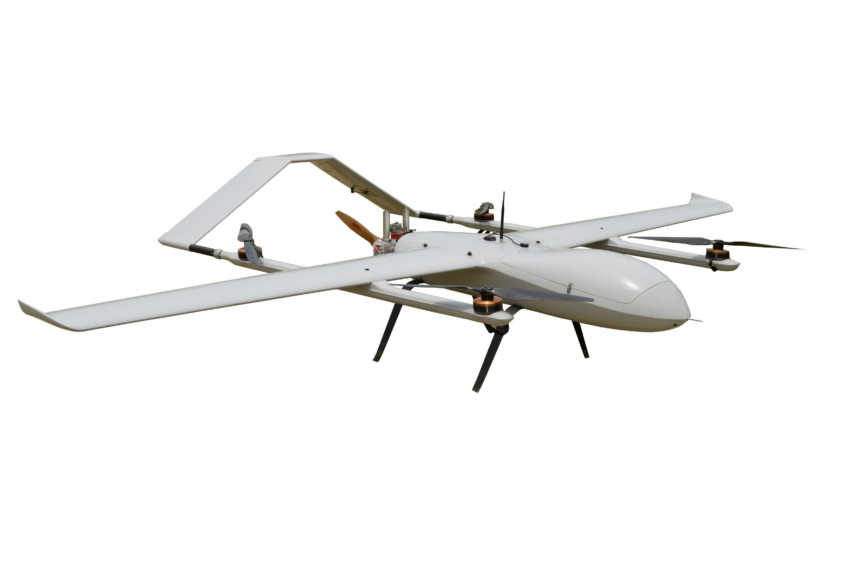VTOL UAV: Japan’s Innovative Unmanned Aerial Vehicle Plans
**The Japanese Ministry of Defense has officially announced the initiation of research and development for a vertical take-off and landing (VTOL) unmanned aerial vehicle (UAV), set to commence in the fiscal year 2025. The new UAV is expected to enhance operational capabilities within the Japan Ground Self-Defense Force (JGSDF), which will ultimately operate the vehicles.** Specific details regarding the flight range and payload capacities are anticipated to be established during the design phase, which will take place over the coming years.
In the budget request for fiscal years 2025-2027, the Ministry earmarked 4.6 billion JPY (approximately 28 million Euros) for the VTOL UAV project. To ensure that the vehicle meets the necessary operational standards, comprehensive testing will take place between FY2027 and FY2028 under the supervision of the Acquisition, Technology, and Logistics Agency (ATLA) alongside JGSDF units. A separate budget will be allocated for these tests, with final decisions regarding serial production contingent on the outcomes.
Recent reports from ESD, which conducted tests on the ELROY VTOL UAV, indicate a growing demand for lightweight UAVs, particularly those weighing less than 150 kg, tailored for JGSDF applications. The overarching goal of this project is to refine operational strategies for VTOL UAVs rather than developing a singular aircraft model.
The initiative aims to establish a robust methodology for integrating features such as open architectures, modular designs, agile production techniques, and adaptive manufacturing processes across a variety of UAV systems. An important document released by ATLA in August 2024 outlines that the forthcoming VTOL UAV will be adaptable for diverse missions, including attack, reconnaissance, and cargo transport, all based on a standardized model. This approach seeks to unify the UAV’s airframe, piloting protocols, and software, thereby streamlining training and reducing logistical overhead.
Planners also intend to leverage commercial off-the-shelf products (COTS) in the design of the UAV. According to a ministry official, the UAV is designed for use by front-line units at the platoon level. The anticipated mission payload for each UAV is projected to be around 30 kg, and the design is expected to feature a fixed-wing structure, likely propelled by propellers for efficient VTOL operations.
Furthermore, there is a focus on achieving an extended operational range while maintaining a low noise profile, for which a hybrid propulsion system that combines both an engine and batteries has been identified as a promising solution. In this context, Japan is also acquiring heavy-lift helicopters to complement its aerial capabilities, indicating a comprehensive approach to modernize its defense infrastructure.







